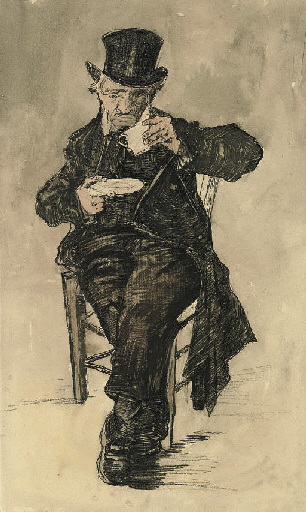Sotheby's November 4, 2014
LOT SOLD. 61,765,000 USD
Sotheby’s will offer Vincent van Gogh’s Still Life, Vase with Daisies and Poppies in its Evening Sale of Impressionist & Modern Art in New York on November 4, 2014. Painted at the home of Dr. Paul Gachet just weeks before the end of Van Gogh’s life, the artist uses the richly-colored bouquet of wildflowers to convey his psychological state at the time – a hallmark of the Expressionist icon. The resulting composition teems with the intense energy, emotion and sensitivity of this creative genius at the height of his short but renowned career. Still Life is one of the few works that Van Gogh sold during his lifetime, and is one of only a handful of great works by the artist to appear at auction in recent decades. The painting comes to auction this November with a pre-sale estimate of $30/50 million.
Simon Shaw, Co-Head of Sotheby’s Worldwide Impressionist & Modern Art Department, commented: “Still Life, Vase with Daisies and Poppies radiates the exuberance and passion found in Van Gogh’s greatest and most coveted works. The vibrant composition captures in sharp relief the intensity of the artist at the height of his mania, only weeks before his tragic end. Still Life has remained in the same private collection for more than two decades, which adds again to its appeal for today’s market. We are privileged to present it to collectors across the globe this autumn.”
Vincent van Gogh painted the present work in June of 1890 in Auvers-sur Oise, the town where he settled following his release from the asylum at St-Rémy that May. Renting a room at the local Ravoux Inn, he spent his days setting up his easel in the fields to paint the scenes of the lush countryside, as well as visiting with his physician, Dr. Gachet.
Still Life was painted at Dr. Gachet's house and presumably came immediately into his possession upon completion. The viewer can imagine Van Gogh walking through the fields on his way to Gachet's, gathering up armfuls of poppies, daisies, cornflowers and sheaves of wheat to squeeze into one of the doctor’s modest vases. In comparison with the more reserved and academic still-lifes that he had completed in Paris in the mid-1880s, the present work evinces a dramatic shift in Van Gogh’s painterly style, characterized by a frenetic energy. The artist was flooded with anxiety in Auvers, and this agitation spilled over onto even his most optimistic canvases. It is in these same fields that Van Gogh would attempt to take his own life, only weeks after painting this work.
Whether Van Gogh gave Still Life to Dr. Gachet in exchange for medical consultation is unknown, but he was certainly dependent upon his brother Theo for money and art supplies at the end of his life. Van Gogh was eager to show his brother – an art dealer – that he could support himself, and he believed that his still lifes would be the most saleable of his compositions.
Still Life is one of the very few paintings sold during Van Gogh’s lifetime. It was acquired by Gaston Alexandre Camentron, a noted collector of Impressionist pictures, who eventually sold it to Paul Cassirer Gallery in 1911. Still Life remained with a series of private collectors in Germany until the mid-1920s, when it made its way to London and eventually to New York – one of the earliest works by the artist to enter the United States – where it was sold by the Knoedler Gallery in 1928 to A. Conger Goodyear. Known as one of the principle founders of the Museum of Modern Art, Goodyear kept this work in his family's private collection. It was eventually gifted in part by the Goodyears to the Albright-Knox Art Gallery in Buffalo, where it was on display for over 30 years before it was sold at the request of the family.
Sotheby’s Impressionist and Modern Art in London December 7, 1999
Christie's 2014
Christie's 2013
Christie's 2012
Christie's 2009

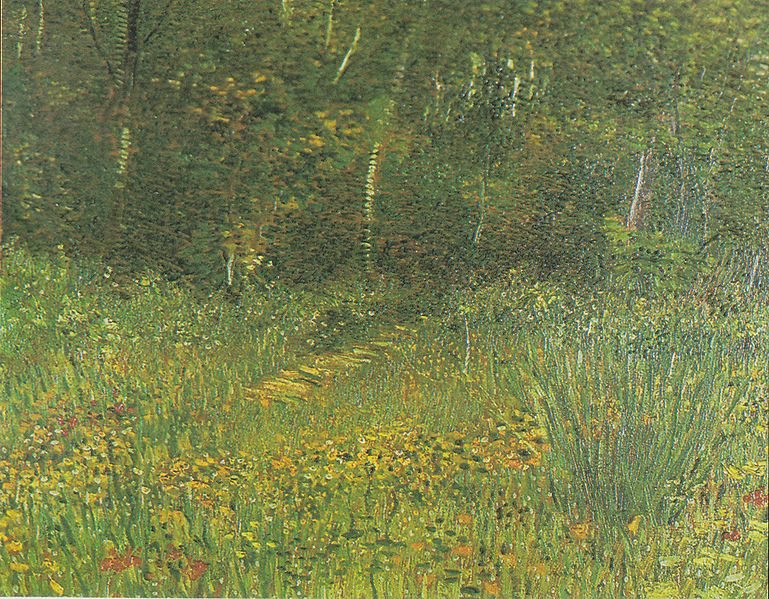
.jpg)

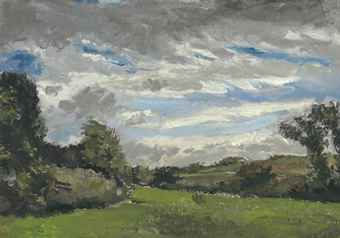
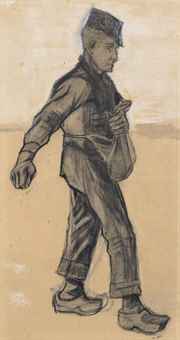
.jpg)
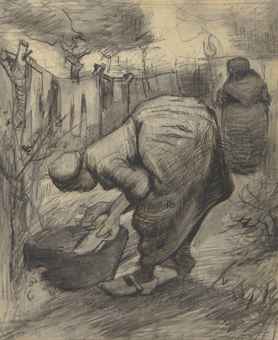
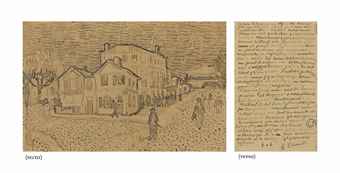
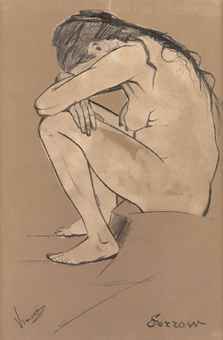
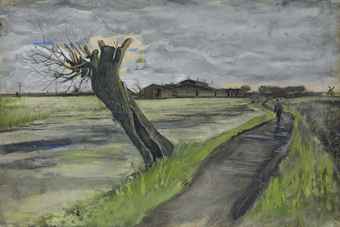
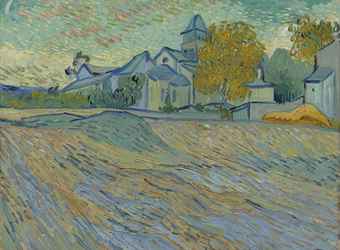
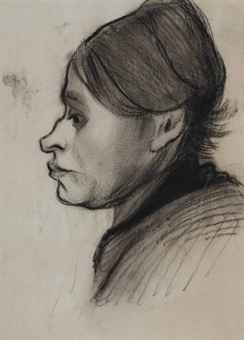
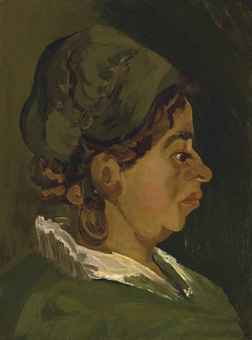
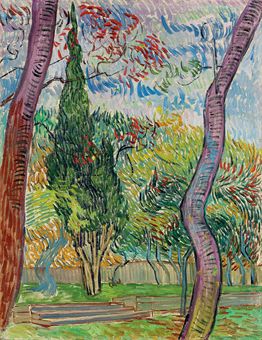
.jpg)
